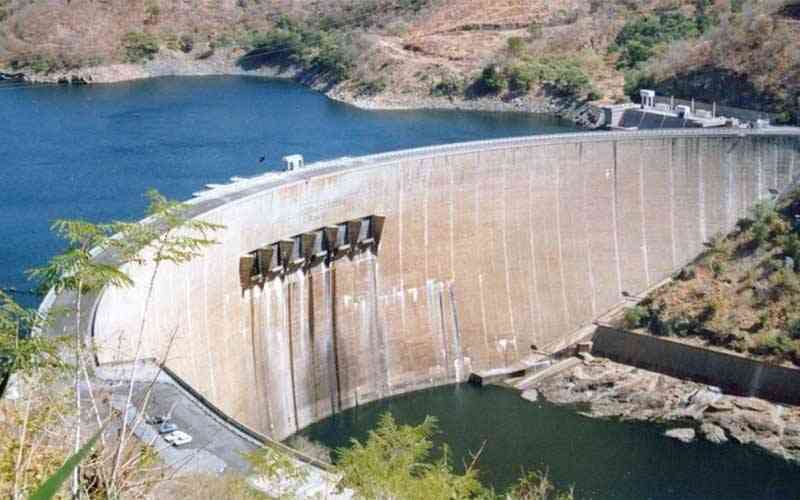
ZIMBABWE is bracing for suppressed energy output at its Kariba South Power Station due to reduced water levels, as the southern African region anticipates normal to below-average rains owing to the El Nino phenomenon.
In a statement released after the 27th Southern Africa Regional Climate Outlook Forum (SARCOF-27) held in September this year, the bulk of the Sadc region is likely to receive normal to below normal rainfall for most of the period from October to December 2023.
The below normal rainfall could affect inflows into Kariba Dam, which produces two-thirds of the country’s electricity.
In an interview recently, Energy and Power Development minister Edgar Moyo said the government will step up the operationalisation of licences issued to Independent Power Producers (IPPs) in the face of reduced power generation at Kariba.
“We are cognisant of the predicted below normal rainfall in the coming rainy season and this would affect power production at Kariba,” Moyo said in the interview during a high-level visit of government officials from Zimbabwe and Zambia, financiers and the Zambezi River Authority (ZRA) to the Kariba Dam Rehabilitation Project.
“We are, however, moving forward to make sure that the more than 100 IPPs that have been licenced will start producing electricity, especially from solar projects across the country.”
The US$294 million Kariba Dam Rehabilitation Project includes the rehabilitation of the spillway and Kariba Dam infrastructure by reshaping the plunge pool.
The reshaping of the plunge pool is expected to limit the scouring and erosion of the dam wall structure, while the spillway gates are being rehabilitated to avoid possible jamming in the open or closed positions which could result in dam failure and catastrophic loss of lives, livelihoods, assets and electricity.
- Zim’s desperate power situation points to poor planning
- Kariba dam in recession
- Low water level threatens power generation at Lake Kariba
- Farmers fume over power outages
Keep Reading
According to the SARCOF-27, the period December, January and February 2023/2024 is expected to have normal to above normal rainfall for most of the region, except for the south-western fringes of Namibia, south-western South Africa, the southern part of Zimbabwe, the eastern half of Botswana, northern South Africa, Eswatini and southern Mozambique where normal to below-normal rains are expected.
“The period October to February is the main period of interest for this outlook for southern Africa. Owing to the differences and evolution patterns in the predominant rainfall-bearing systems, the rainy season has been subdivided into three overlapping three-month periods,” the statement said.
These periods are October, November and December; November, December and January; and December, January and February.
“Increased probability of below normal conditions during the October to December period is forecasted for south-western Zambia, Zimbabwe, Botswana, and northeast South Africa,” it said.
Moyo said the government was engaging IPPs to boost power generation.
“The most pressing issue at the moment is on guarantees being demanded by the IPPs for the government to ensure that they are paid for feeding power into the national grid,” Moyo said. “We are working on guarantees as a government but not all IPPs are assured of receiving them as we want to ensure that the licence holders are producing the power according to their contracts.”
ZRA early this year slashed water allocation for power generation at Kariba hydropower station from 40 billion cubic metres (BCM) to 30 BCM due to reduced water inflows in Lake Kariba.
The authority reduced water allocation to be shared equally between Zimbabwe Power Company and Zesco of Zambia.
Addressing a Congratulatory Business Dinner recently, President Emmerson Mnangagwa said programmes were underway to revamp key economic enablers such as power supply.
“The coming online of Hwange Units 7 and 8 is welcome. However, we are presently seized with the upgrade of Hwange Units 1 to 6. Concurrently, increased power supply is being pursued through independent power producers, in line with our green energy agenda,” Mnangagwa said.
“I, therefore, urge industry players, particularly those in high energy consumption sub-sectors, to pursue complementary independent power generation arrangements, taking advantage of existing government incentives.”
According to ZPC, Zimbabwe was generating 1 131MW with Hwange producing 650MW, Kariba (443) and IPPs (38MW) as of October 23, 2023.
However, Zimbabwe needs at least 2 100MW to satisfy demand.






